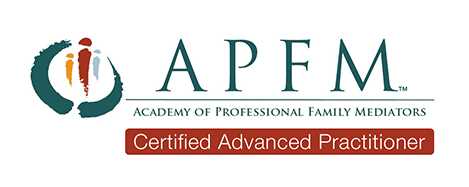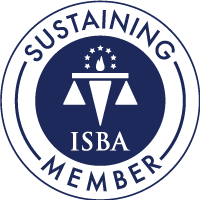“OTD!” In my house, when someone calls these 3 letters, family members immediately don coats and head to the  car. In healthy families–shorthand communication works. Our code for “Out the Door–now!” works because mutual trust has everyone operating from a shared understanding. No one takes offense. No one feels criticized. We all know OTD simply means the car is pulling out. Be in it if you want to go.
car. In healthy families–shorthand communication works. Our code for “Out the Door–now!” works because mutual trust has everyone operating from a shared understanding. No one takes offense. No one feels criticized. We all know OTD simply means the car is pulling out. Be in it if you want to go.
When trust has left the building–communication follows closely. Those private phrases that made trading information so easy–they now lead to misunderstanding, hurt, and anger. To complicate further, we live in the age of the blurt. Twitter, Facebook, and texts all promote blurting whatever you feel–in as few words as possible. A perfect recipe for communication disaster.
Yet, the need to interact goes on. Couples in crisis or divorcing still have to parent, make financial decisions, and plan for the future. Troubled families can restore the ability to communicate–if they adopt some basic strategies:
- Be stupidly concrete–As Pat Brown, co-founder of The Resolution Center, puts it, “When there’s no trust, people need to become stupidly concrete. They need to say exactly what they mean. No shorthand. Instead, consider carefully how to say exactly what you mean and use words the other will understand as you intend them.”
As a writer, I analyze every word of every blog and article. Does it say what I intend? Is there room for misunderstanding? Have I considered others’ perspectives? I know communication is hard. I have to be intentional to be understood. All interactions need this level of focus to build connection. Be stupidly concrete and you just might create understanding.
- Ask what the other person heard–This creates a double-check. When you ask the other person what they heard, you gain insight into how your messages are received. If they’re not hearing what you intend, you know to fine-tune the message.
- Be aware of the total communication–People have estimated that as little as 7% of communication are the words chosen. The rest is body language, facial expression, and tone of voice. That’s what makes texts so dangerous. Without the context of nonverbal signals, words are easily misunderstood. In a conflicted relationship–avoid texting in all but the most mundane messages. Conversations need nonverbal signals to create accurate understanding.
Then, be sure the nonverbals match the words. If you are concerned about the impact of a choice on a child–make sure facial expression and posture communicate concern–not intimidation, anger, or control.
- Respond to the words said, not your impression–The most effective way to create true understanding
is to say what you mean and then take the other person at their word. Some readers are shaking their heads. “But I KNOW his agenda.” “I KNOW her manipulation.” Chances are–you do. But, chances are equally good that you occasionally misread the message. And, that misread creates havoc.
Instead, take the other person at their word and behave accordingly. If he says he’s getting the kids from practice, don’t predict he’ll just be late again and start arguing. Respond, “Great. I’ll head to the grocery and see you at home.”
It’s not a matter of trusting. You can have a backup plan. But, it is a matter of testing. As hard as things are between you, did he act consistently with his words? Every time he does, trust rebuilds. That makes room for connected conversation.
Even better–taking people at their word opens the door for them to change and do better. If we simply assume past motives when someone speaks, they lose the motivation to try. When we take people at their good sounding words–they are more likely to strive to live up to them.
Finally, when people are taken at their word, they are more careful about choosing words wisely. Any manipulation or agenda becomes glaringly obvious when her actions don’t match her statements. Taking people at their word brings out the truth far more effectively than assumption or prediction.
Broken trust fractures relationships. And communication. These tips help return communication–making a way for struggling families to move forward.





